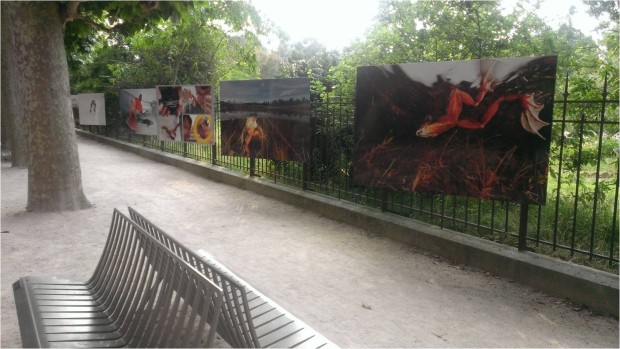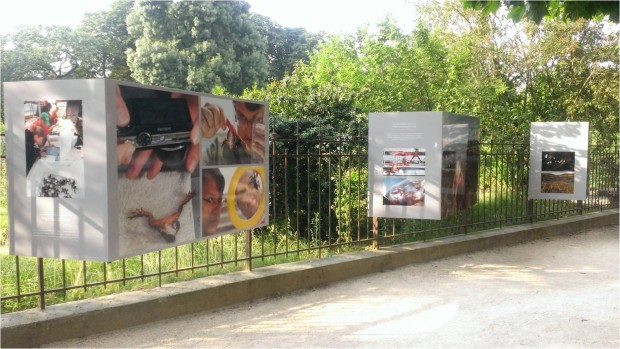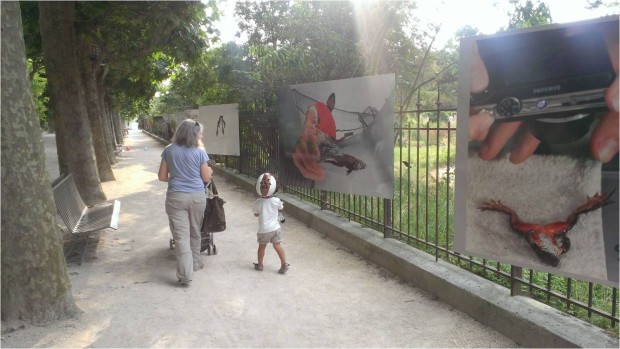By Brittany Gallagher, Education & Evaluations Coordinator
In July, I had the honor of spending two weeks at the United Nations Office in Geneva, Switzerland, for the UN’s annual Graduate Study Programme (GSP). I was excited to represent SPP and Evergreen in an international group of graduate students and to learn all I could about international civil service.
Brittany Gallagher, center, at the UN Graduate Study Programme.
This year’s GSP theme was “Gender Equality and the Empowerment of Women.” My classmates were students from every continent; representatives came from China, Rwanda, Germany, Mali, Morocco, Australia, Italy, Slovenia, France, Russia, Bolivia, Trinidad & Tobago, and the US, to name only a sample. Many were studying international relations, law, human rights, or similar topics. There were a few psychology and public health students, but I was one of only a few studying the environment. However, thanks to the interdisciplinary nature of Evergreen’s Graduate Program on the Environment and my background in international development, I didn’t feel out of place in education or experience.
We each introduced ourselves to the large group and described our work, studies, and interests. I was impressed by the level of engagement and the diversity of experience in the room. After my brief presentation, I entertained a slew of questions about SPP. These questions continued between classes at the UN office, over lunch, on the tram on the way home, and at the lake on the weekends. In addition to talking frog conservation with my peers, the speaker from the United Nations Environment Programme was especially interested in what SPP does! I was reminded of how innovative our project is – people were fascinated by the concept and the practice. After two years with SPP, I have become accustomed to our mission and daily activities, but I forget that many folks have never heard of conservation programs involving prison inmates.
|
 |
During the two-week program, our class heard from representatives from a variety of UN agencies about their work on gender equality. We also split up into five working groups and tackled case studies related to the theme. Each working group was mentored by a UN staff member from the relevant agency; they advised our work and challenged us to create high-quality “work plans” addressing current real-world issues related to gender. I chose to work in the United Nations Population Fund (UNFPA) group, and we were given the freedom to select a topic. We designed a country program for addressing sexual and gender-based violence in camps for internally displaced people in Haiti. Our report is nearly finished and will be presented to the ‘real’ UNFPA in September.
I am enormously grateful to SPP and Evergreen for supporting my attendance at the GSP, and to the UN for providing students like me with this extraordinary opportunity. Check out the links in this post and the UN-GSP Facebook page if you want to learn more about it!

As in Olympia, newcomers to Geneva complained about the weather (but, as in Olympia, the weather in July was gorgeous). They also have a Mountain that, like ours, hides on cloudy days. The view from the UN office is great even on an overcast day.










































